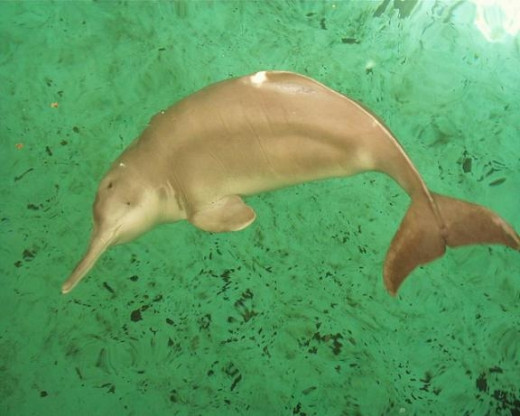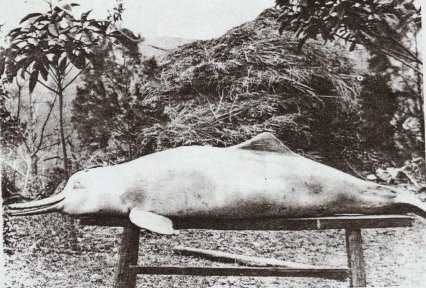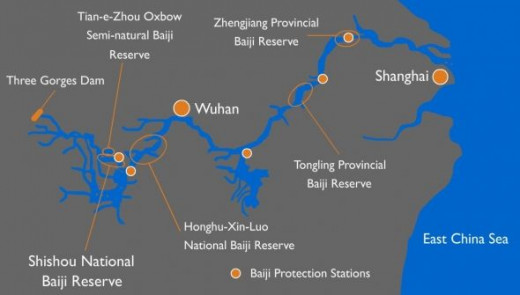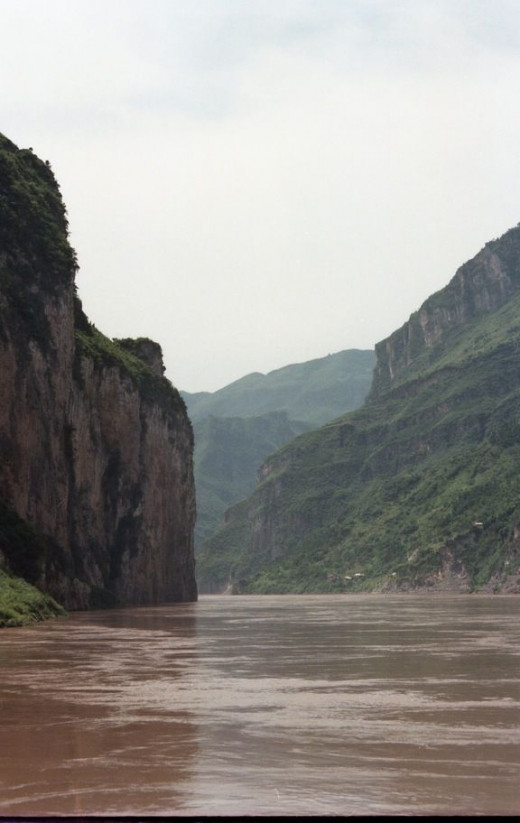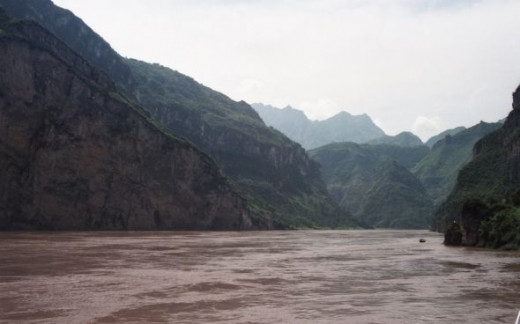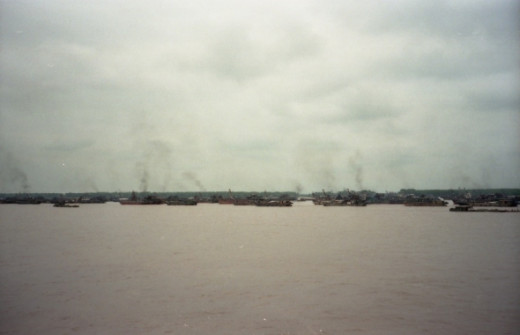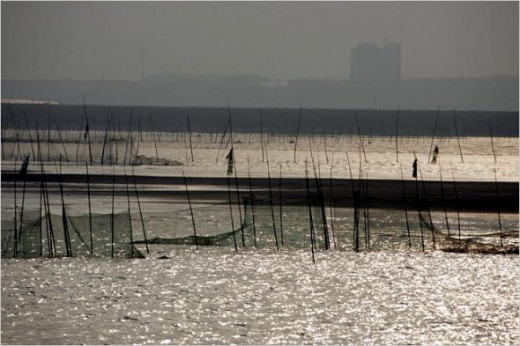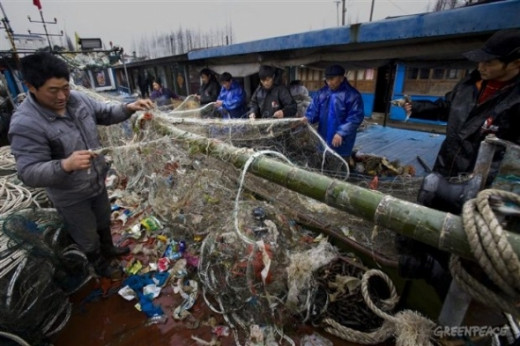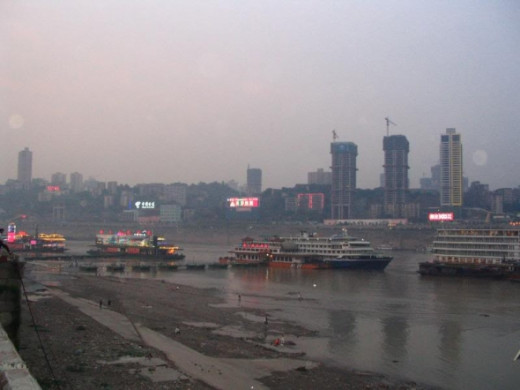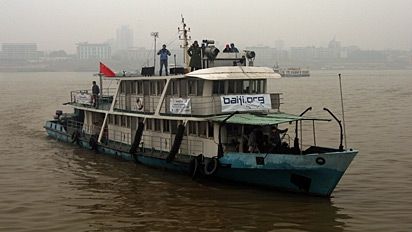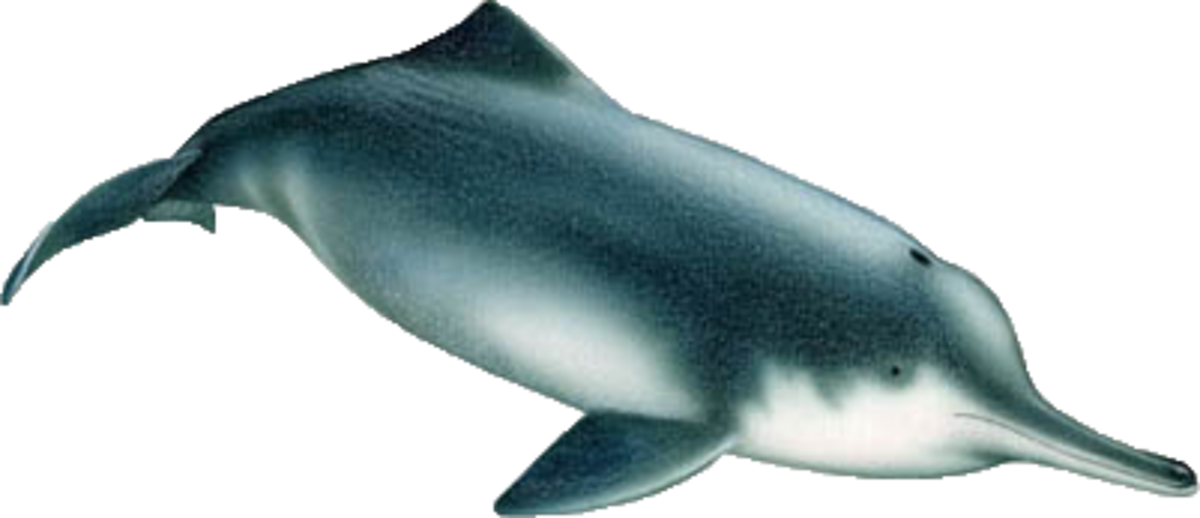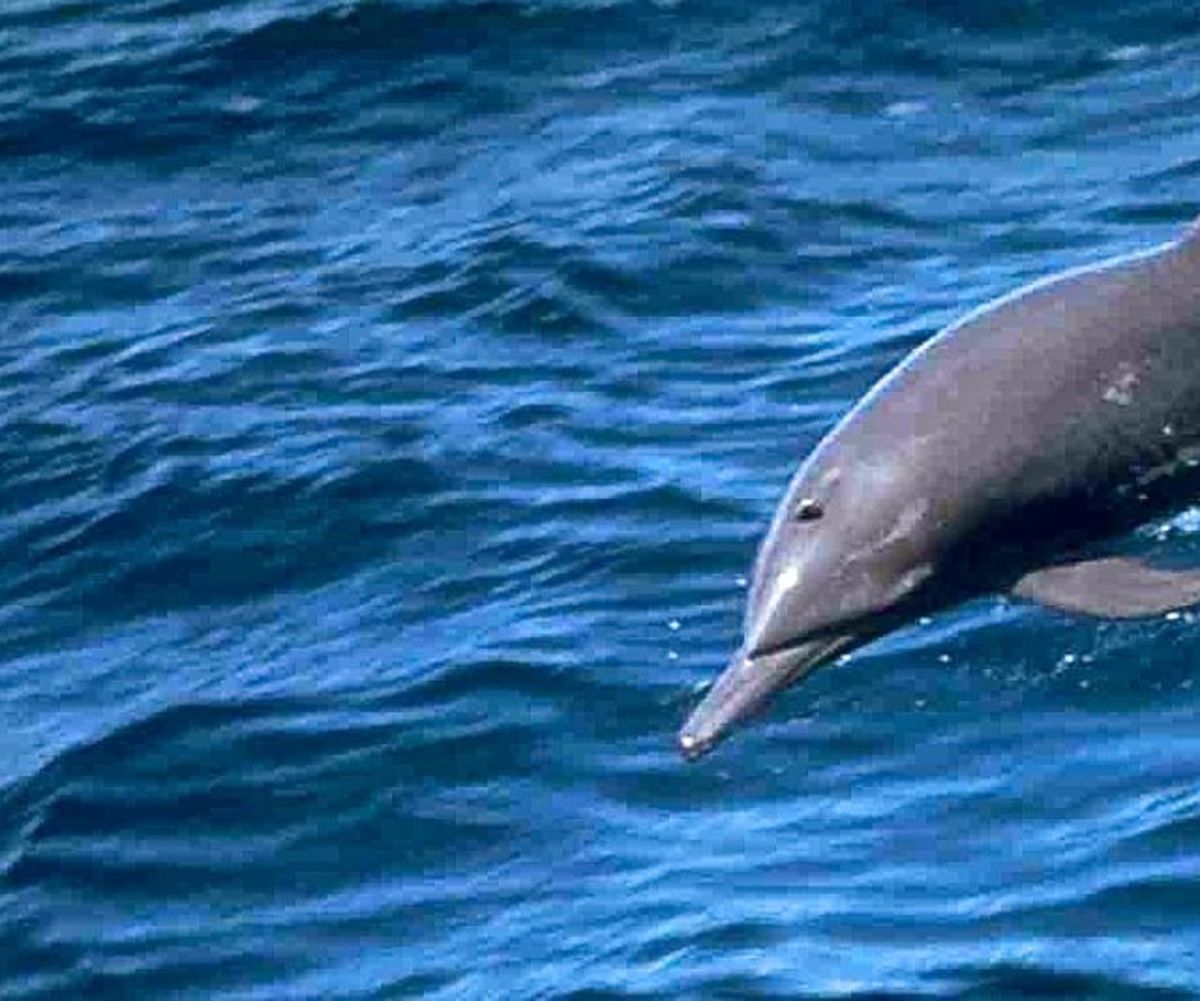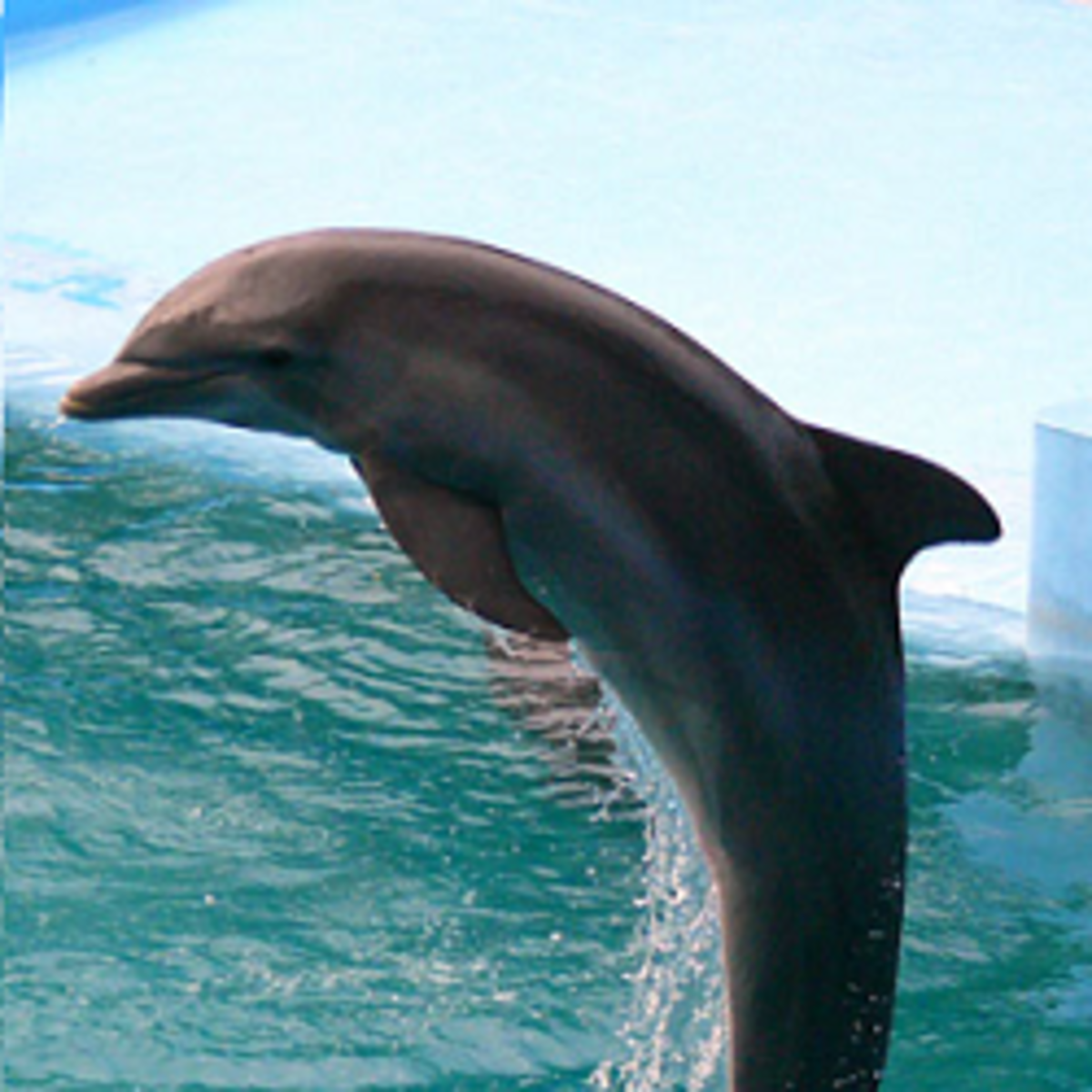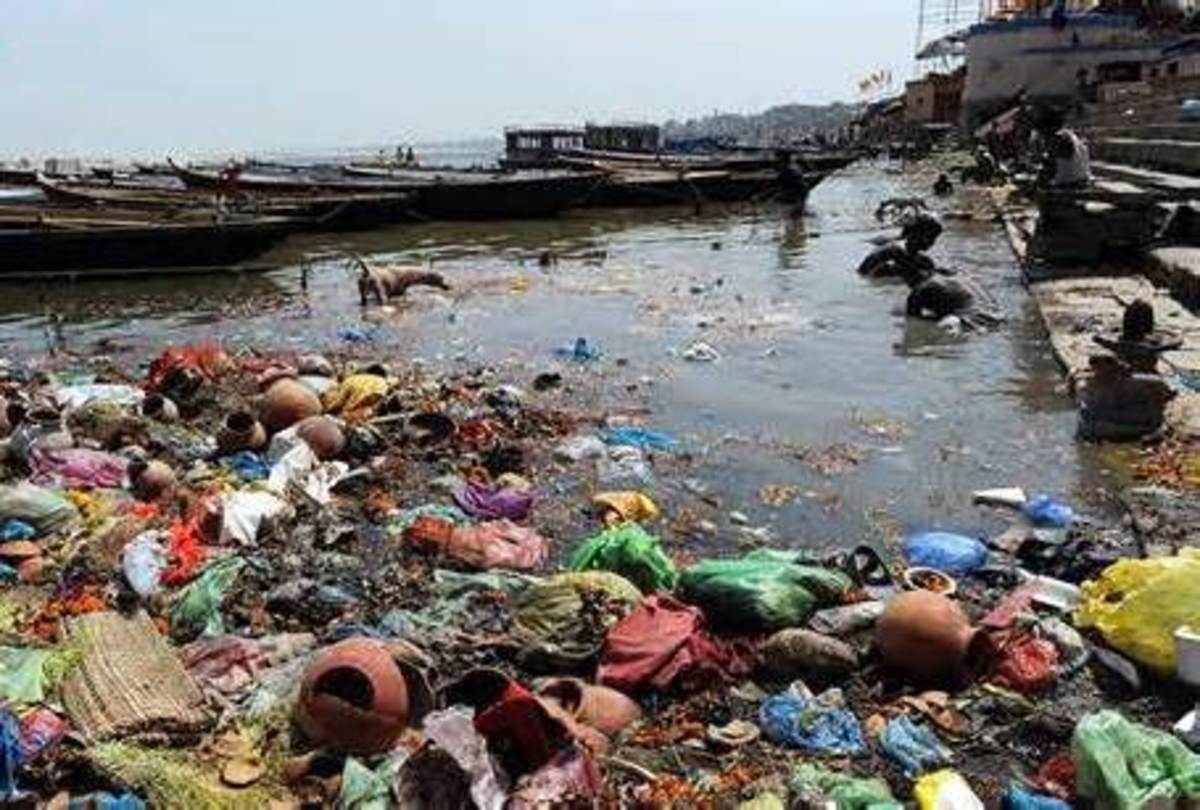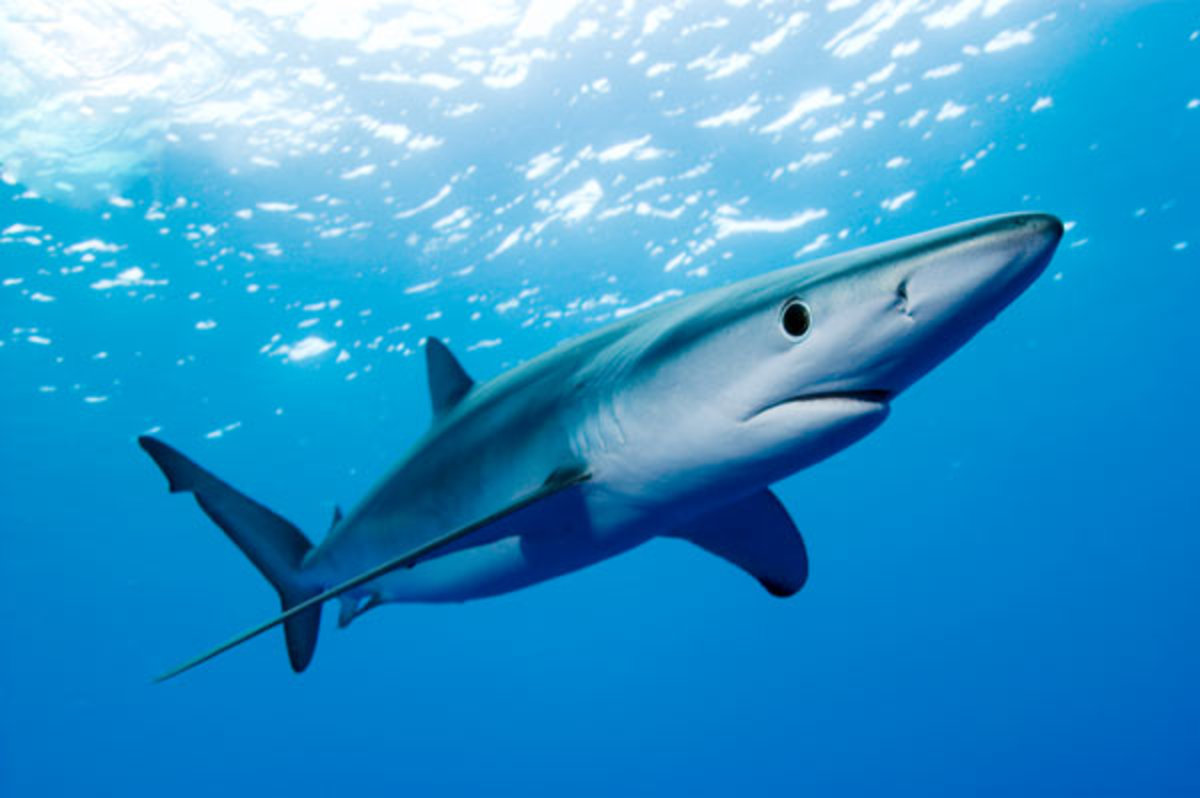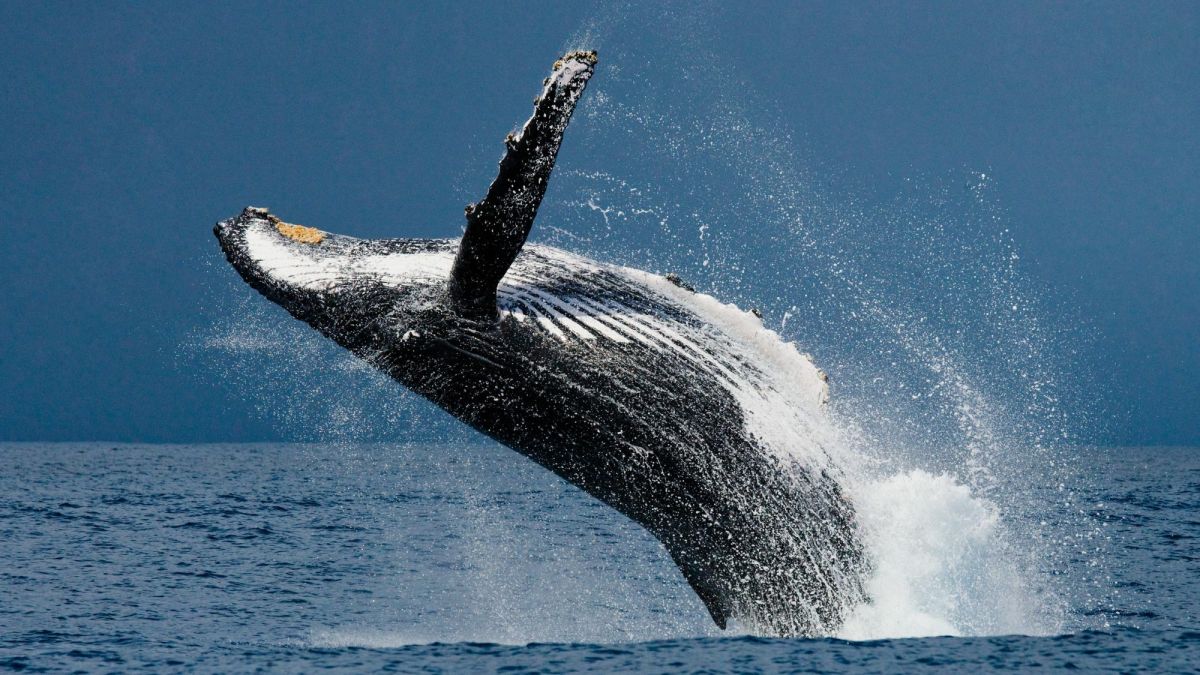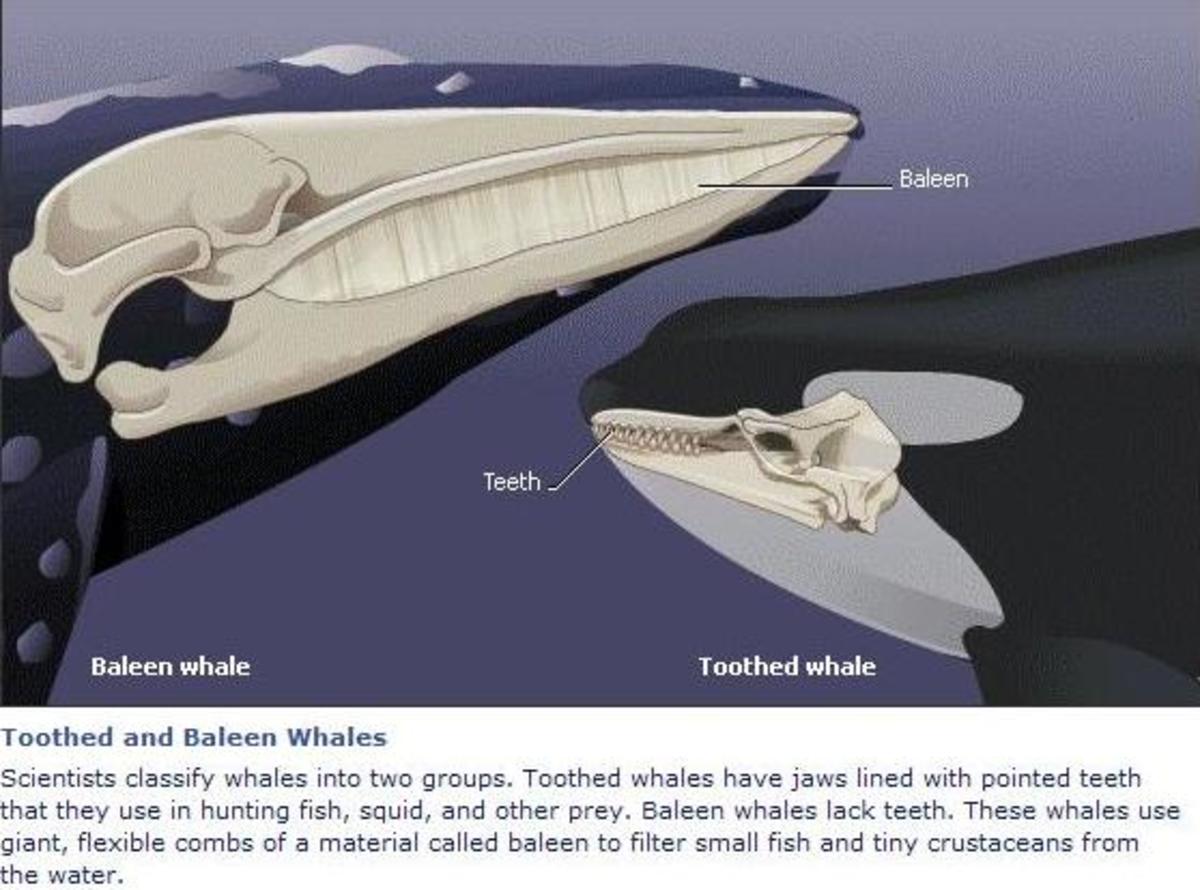- HubPages»
- Education and Science»
- Life Sciences»
- Marine Biology
Baiji: Goddess of the Yangtze
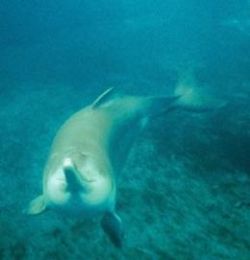
The Baiji
The baiji ( Lipotes vexillifer: Lipotes means "left behind", and Vexillifer means "flag bearer") was one of three freshwater river dolphin only found in the yangtzee river in China. Nick-named "Goddess of the Yangtze", in China the baiji has been called by many names including Chinese River Dolphin, Yangtze River Dolphin, Whitefin Dolphin, and Yangtze Dolphin. It is not to be confused with the Chinese White Dolphin.
The baiji population declined drastically in recent decades as China industrialized and made heavy use of the river for fishing, transportation, and hydroelectricity. Some efforts were made to conserve the species, however in a late 2006 expedition failed to find a single sighting of a baiji. Organizers then had to declare the baiji "functionally extinct". The baiji would also be the first recorded cetacean to have gone extinct due to human impact.
In August of 2007 Zeng Yujiang videotaped and reported a large white animal swimming in the Yangtze River. Although the Institute of Hydrobiology of the Chinese Academy of Sciences confirmed that the animal on the video is more than likely a baiji. The existence of one or even two baiji (male and female) could not save a functionally extinction species. The last known living baiji known was Qi Qi who died in 2002 in Wuhan, China.

Physicals
Size:
Baiji males grew to be 2.3 Meters (7.5 Feet) long, Females grew to be 2.5 Meters (8 Feet) long, and newborn calves are 80-90 Centimeters (32-35 Inches) long at birth. The longest specimen recorded was 2.7 Meters (8.8 Keet) long.
Weight:
A mature adult baiji weighed between 135-230 Kilograms (300-510 Pounds).
Life span:
Baiji live to be 24 years in the wild on average.
Speed:
When escaping danger the baiji can reach up to 60 Kilometres (37 Miles per hour) an hour, which on a normal day these dolphins swam 10- 15 Kilometers an hour ( 6-9 Miles per hour).
Habitat:
Historically they lived withing 1,700 Kilometres ( 1,000 Miles) in the Yangtze river.
The Plight of The Baiji
Click thumbnail to view full-size









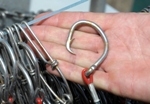
What was going on in the Yangtze River
Uncontrolled illegal fishing practices:
Over fishing
- When China industrialized and the economy grew, China made heavy use or the river's resources resulting in lower stocks of the baiji's prey.
Gill nets
- Gill nets are made to catch smaller fish, however these nets are made to catch anything that gets caught in them including the baiji. Even though the baiji can hold their breathe under water for a substantial period of time, the baiji tend to lose their breath and panic when they struggle to get out.
Rolling hook trawl fishing
- Rolling hook trawl is were hooks attached to a long fishing lines which are tied to the stern of the boat in a row. Samuel Turvey describes, " It didn't just catch fish: it snared them, hurt them, and killed them...."( Witness to Extinction: How We Failed to Save the Yangtze River Dolphin, page. 38)
Electric Rod fishing
- Electric rod fishing is used by a powerful battery cell which are attached to a special rod which gets put into the water, and electrifies a 20 meter diameter.
Transportation and Shipping:
Underwater noise pollution
- Noise pollution is where the noise of boats and various other noises can cause hemorrhaging, deafness, and loss of sonar (which makes this nearly blind animal more prone into colliding with a boat's propeller).
Large number of ships per mile
- With an increased number of boats in the river, the number of collisions with baiji increased.
Hydroelectricity:
Three Gorges Dam
- The Three Gorges Dam furthered loss of habitat for the baiji. A dam allows water to flow towards the ocean from one side of the river to the other. The dam was built to stop flooding, however this only meant baiji were to lose there habitat on the other side of the dam.
Pollution:
Waste:
- With China's rapid industrial and economic growth, industrial and recreational waste was increased and poured into the Yangtze river poisoning and toxifying the river levels.
In the Media - The baiji river dolphin declared functionally extinct on BBC in 2007.
...Sadly, this is after it was declared functionally extinct.
Could the baiji have been saved if there was more public awareness?
Witness to Extinction - How We Failed to Save the Yangtze River Dolphin
An intimate look and the plight of the Baiji.


